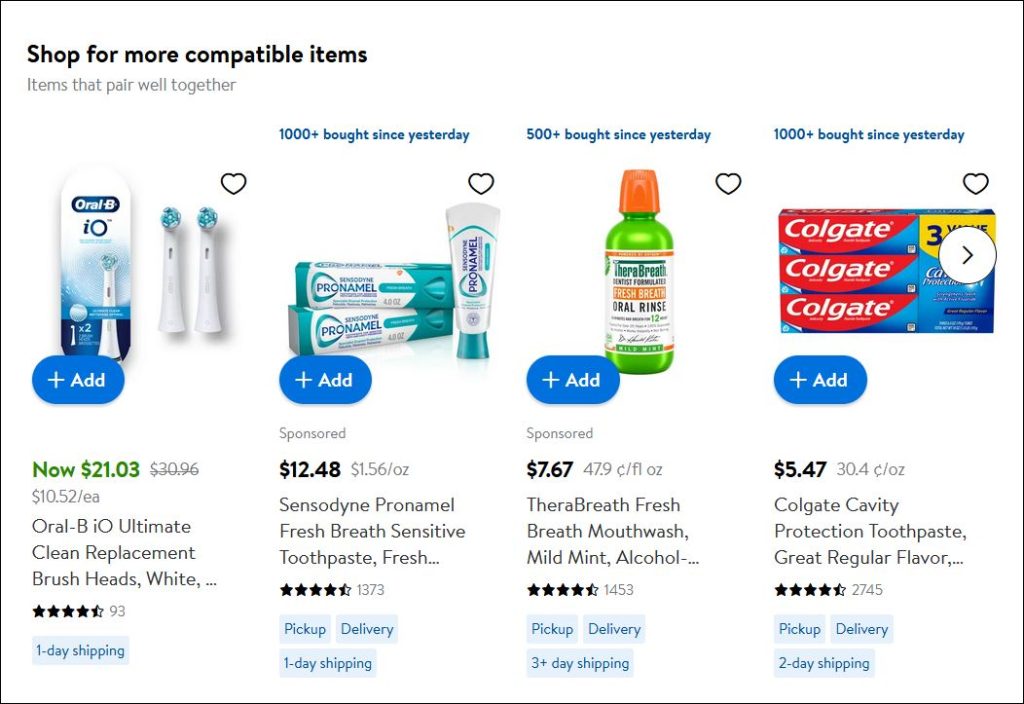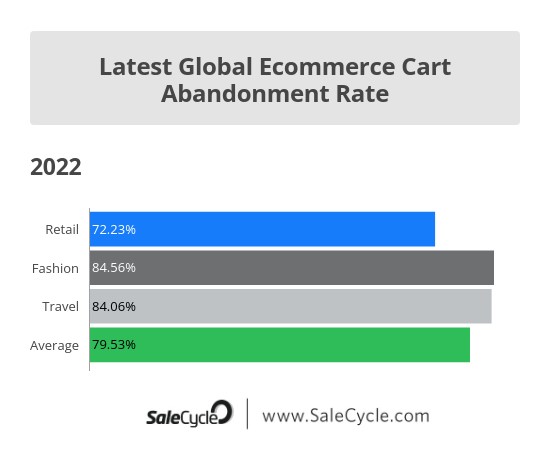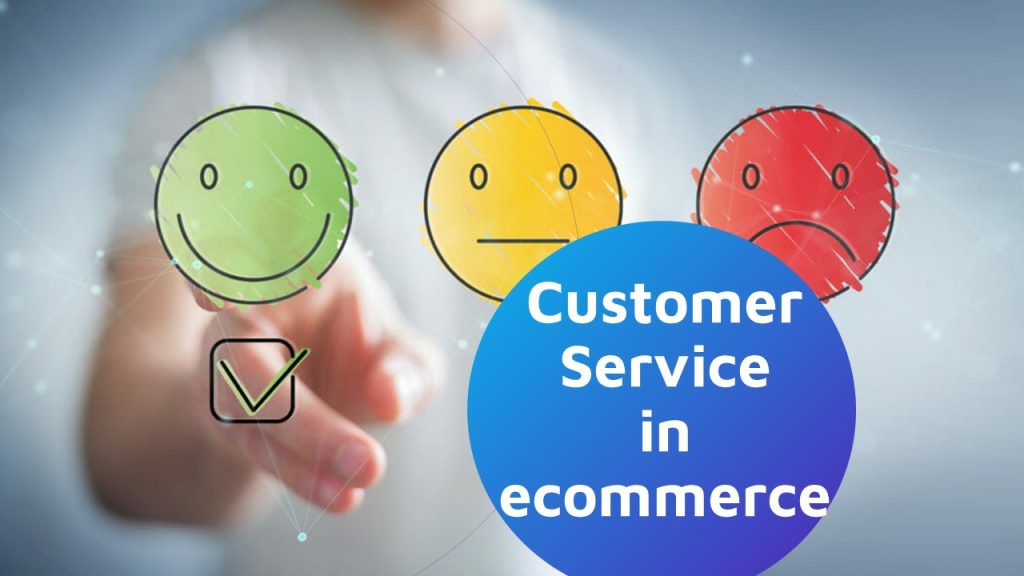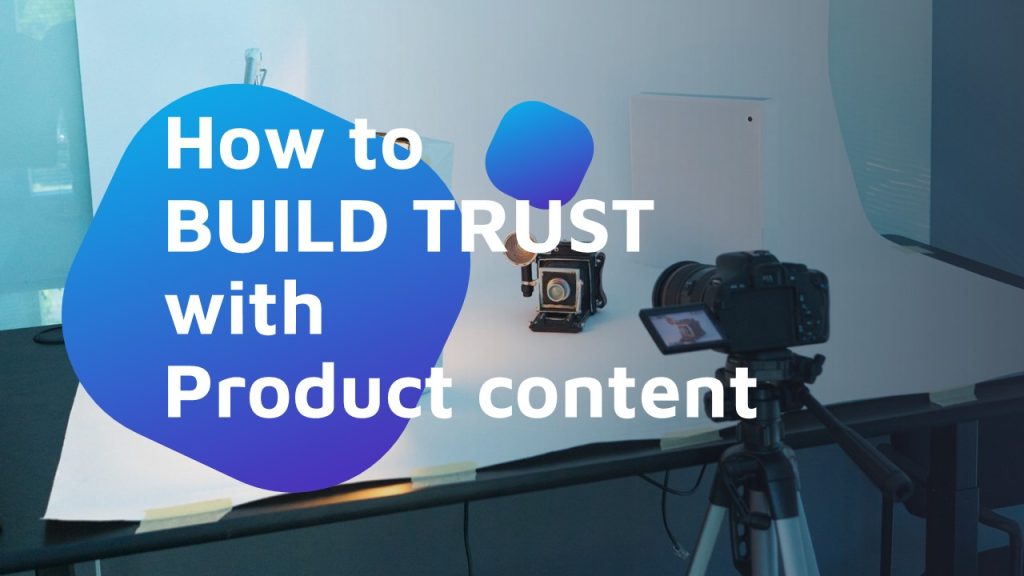Beyond what books say, funnel conversion is a complex and delicate matter where many, many factors are involved. And slight mistakes often lead to avoidable losses which affect the performance of online stores.
At the same time, solving these small problems can considerably improve the user’s and the customer’s experience.
Quick recap: what is the conversion funnel?

A conversion funnel is the set of steps a user takes to achieve a given goal on a website. Goals companies define to get a realistic idea of how users interact with their website and provide useful insights about its overall performance.
As the image shows, the conversion funnel has different stages, and each one is defined by its own metrics, depending on the specific goal. Here are some of the most used ones:
- CTR (Click-through Rate)
- Bounce rate
- Net Subscriber Rate
- Average Order Value
- Acquisition Cost
- Cart Abandon Rate
Metrics eventually become KPIs (Key Performance Indicators), which help measure the company’s health at a glance. Take a look at our post on the most important metrics in ecommerce.
Conversion is the step from one stage to the next one toward a specific goal: subscriptions, donations, and most frequently, sales. For example, in email marketing the “Open Rate” and “Email click rate” show how many people opened the email and the links in it, while in Social Media the main indicators are the CTR and number of shares.
By detecting at which point users stop reading, leave a page, or the store itself, you get a full set of improvement points. That could be insufficient information, incorrect content organization, page structure, or image quality, to name a few.
And this is when A/B tests and user feedback come into play. Above all things, the road to conversion necessarily involves 1. a smooth user experience – which includes listening to what people think, and avoiding the most frequent mistakes in ecommerce.
With all that being said, here are our 10 tips to improve your funnel conversion rate.
10 tips to improve your funnel conversion
1. Conduct user experience tests
Understanding user behavior goes beyond the analysis of your website’s metrics. To do so, you will need to think like you were one of them and become a customer of your own company. Take some time to go to your website, browse around, search for a product, and go through the entire checkout. You will definitely find things to improve.
And because customer journeys involve different elements in different stages, you will need to take notes, test them and discuss them.
2. Know your target audience
It’s easy to narrow down your vision when trying to stand out from competitors. A frequent problem is that, by distancing yourself from your competition, you’re also distancing yourself from your target audience.
Your competitors have probably carried out in-depth market research to know exactly how to reach them.
So, to define your brand’s identity, you’ll need to know who your target is beforehand. Roughly speaking, targeting teenagers from 15 to 18 will require different content than for workers in their 30s.
3. Give your product pages the proper structure
Your product is the minimum particle of your business. Thus, a poor presentation will cost loads of losses in your funnel conversion.
Visitors enter a website with the clear intention of searching for or purchasing a product, and their attention must stay intact throughout their visit. If you ignore your product presentation, you’ll be ignoring a potential customer.
Good product pages usually follow the same pattern.
- A header combining background and lifestyle photography, often supported by a brief and powerful piece of text to describe the general solution the product provides. This makes total sense since it only takes a few seconds for users to find out if it is what they were looking for.
- Secondly comes the breakdown of the product’s benefits, with a short description of its technical features. At this point, close-up shots and product videos help understand the product’s value at a glance. Extensive technical specs should always be present but placing them on top may be disruptive – which is why they are often listed at the bottom.
- And finally, the brand’s involvement in solving a problem. This seeks to extol and highlight the brand’s values.
Take a look at Master&Dynamic’s product pages, like the one for the MW08 Sport earphones.
4. Upsell
In 2021, about 35% of Amazon’s revenue came from cross-selling. We could say that If it works so well for them it could work for anyone – as long as they have a large catalog and / or related products. This may be somewhat tricky in dropshipping, but is a very effective strategy among certain product lines.
The most common upselling strategies for a conversion funnel usually include:
- Cross-selling. Show related products at the time of sale, to achieve a higher number of sales.
- Bundling. Create “packs” of products to increase the purchase value (while saving in shipping) and improve the final customer’s experience.
- “You might also like…”. A module that allows adding other products your customer may be interested in.

You can also learn the logic of cross-selling in this famous LinkedIn post from Gaurav Gade.
5. Invest in your marketing strategy
Good promotion calls for great content to prevent hesitation. And that goes from photography to copy and content architecture. And just as important is to have an audience to see it.
A good contact list, a good email marketing strategy, or compelling Social Media Ads will not only help you attract new visitors but also nurture and retain your existing ones – as long as you deliver valuable content. Short videos and live streams are proven and effective ways to gain awareness.
Building a good contact list is easier than you may think. It’s usually a matter of offering benefits to subscribers: discounts, free shipping, or referral perks.
Try to keep in mind all factors involved (your audience, their motivations, and how you approach them), and you should be fine 😉.

6. Plan your strategy appropriately
There are many different aspects to consider before carrying out a promotional strategy, and it’s hard to get it right at first. Do spy on your competitors’ promotions. Google queries help to find their punchlines, thus, their pain points and motivations. Then, break your market down to get a good understanding of what they want.
Keep in mind the changes in consumer behavior, and create a relatable brand story that resonates among your audience so they want to take part in it.
Google Analytics will show you their active times of the day and week, so you can adapt your messages and your overall strategy to reach them.
7. NEVER leave abandoned carts
Many – most consumers often forget their shopping cart. But sometimes, it’s due to unexpected costs or limited payment methods. The reason why customers abandon their carts is a crucial detail to fix.
Make sure your site remembers when customers leave your store. Most platforms include a remarketing function – or accept plugins – that allow you to automate reminders and apply specific discounts to those who didn’t complete checkout.
8. Show the final price upfront. ALWAYS.
Price is, probably, the deciding aspect factor for most consumers. So, adding additional fees during the last step of the purchase process is the most effective deterrent to push customers away. It’s simple: they will feel cheated. On top of that, many countries have taken legal measures to prevent false advertising, thus protecting consumers.
To avoid this, just be transparent about prices by including any fees and additional costs in your final price – before checkout! Users don’t like this kind of surprise. Avoid them, and they will be more likely to go through.
9. Mind your customer service
You got no business if you have no customers. Therefore, your customers must feel you know them, you care about them, and what they have to say. Not only during the consideration and purchase stages but also afterward. Don’t forget your real goal is to turn buyers into promoters, and that only happens when they are completely satisfied.
Make sure to stay reachable to prove you actually care about their experience. Even if your response takes one day, it will be highly appreciated.
By now, you should know your customers’ profile and preferred social networks. You can definitely benefit from Artificial Intelligence, by setting up chatbots to streamline all feedback, solve basic issues, and find improvements that are important to your audience.
10. Mobile responsiveness
It’s 2023. The world went mobile a long time ago, and users worldwide operate daily from a cell phone. Smaller screens, lives on the go, and having the internet in our pockets led Google to penalize websites not optimized for mobile navigation. Nevertheless, there still are businesses whose website is not mobile responsive, despite the available tools to do it and their simplicity. And there is a variety of reasons for this to happen: complex websites, or large B2B industries, like machinery you can’t buy from an online store.
Every online store should be mobile-responsive if not mobile-centric. Spotting the most used models and screen sizes is the first step, given how critical user experience can be.
Keep fonts legible and in a proper size; use images and videos with the proper quality, resolution, and proportions; give your buttons an easily clickable size, and you’ll ensure customers understand your product’s features. And most importantly, how it benefits them.
Last, but not least
Consistency is key across all stages of a business. From brand identity to value proposition, it is what conducts users through the funnel conversion. At Content2Sell, we have helped many brands build effective strategies to launch, promote, and sell products in different channels.
If you check out our portfolio, you will see all the different assets we craft for our clients to keep their viewers attention and move seamlessly through their conversion funnel. From the very first ad, to their product landing pages, packaging and user guides, we know how to communicate a product’s value and, more importantly, how to overcome cultural limitations.



